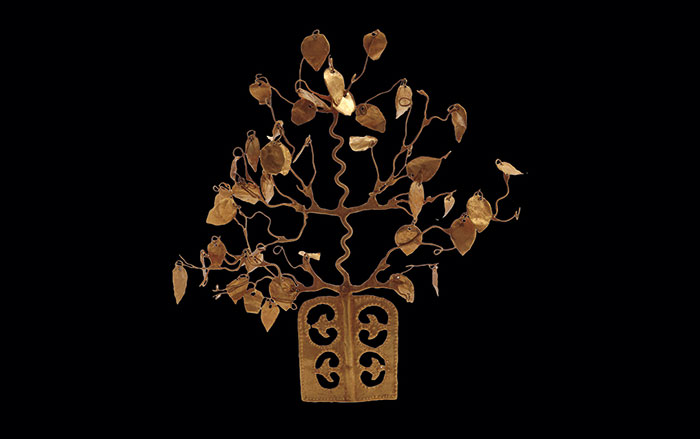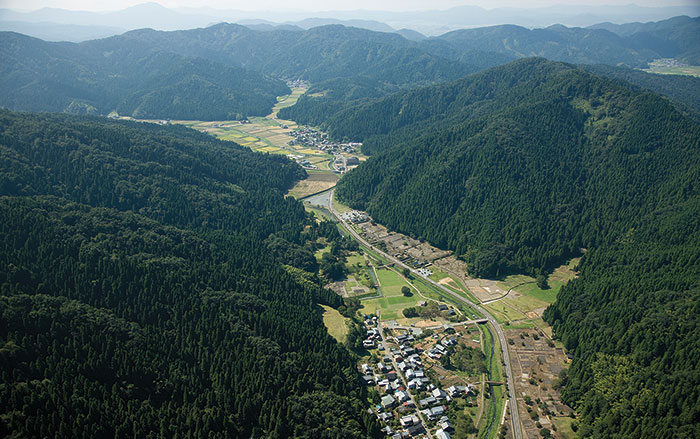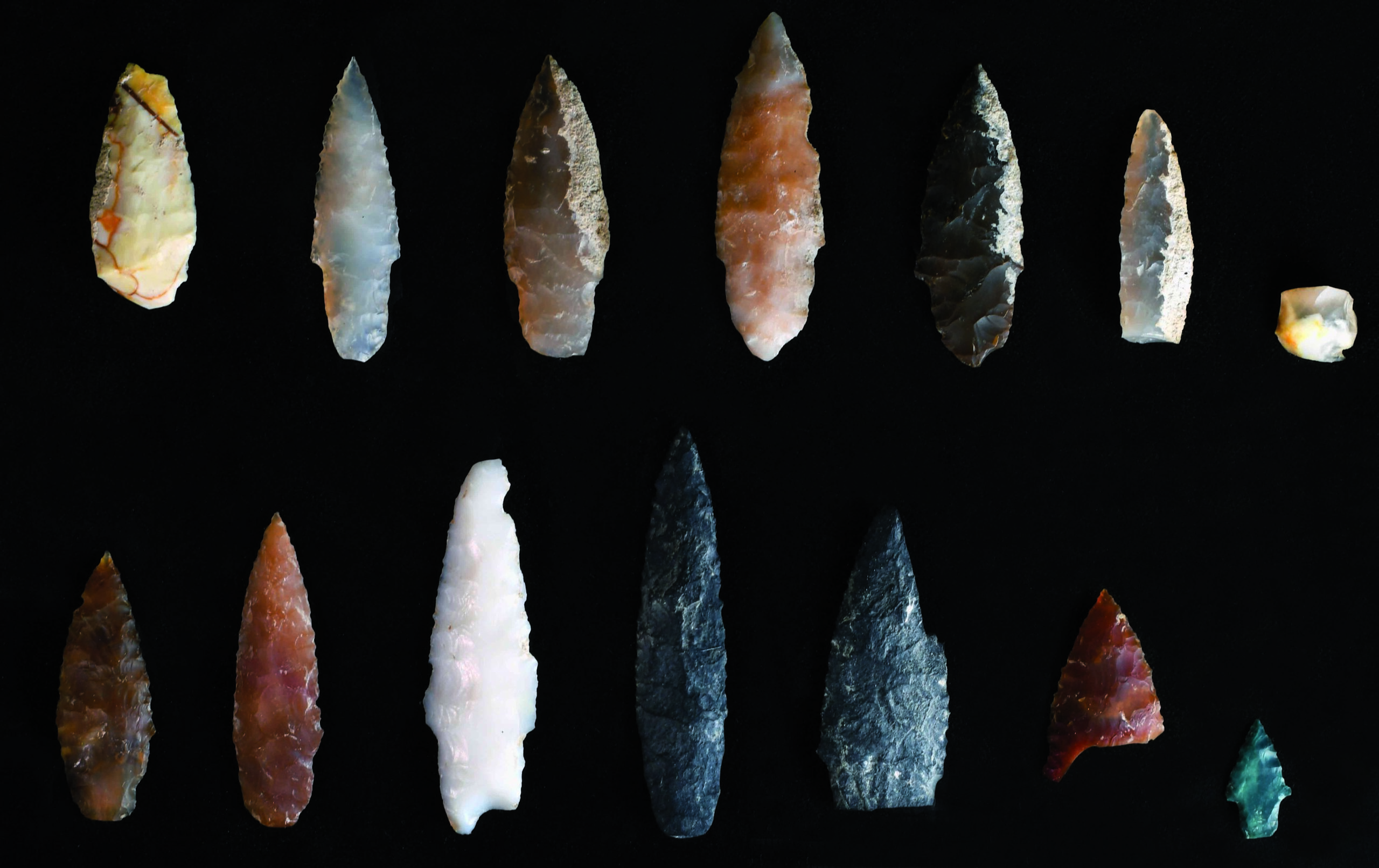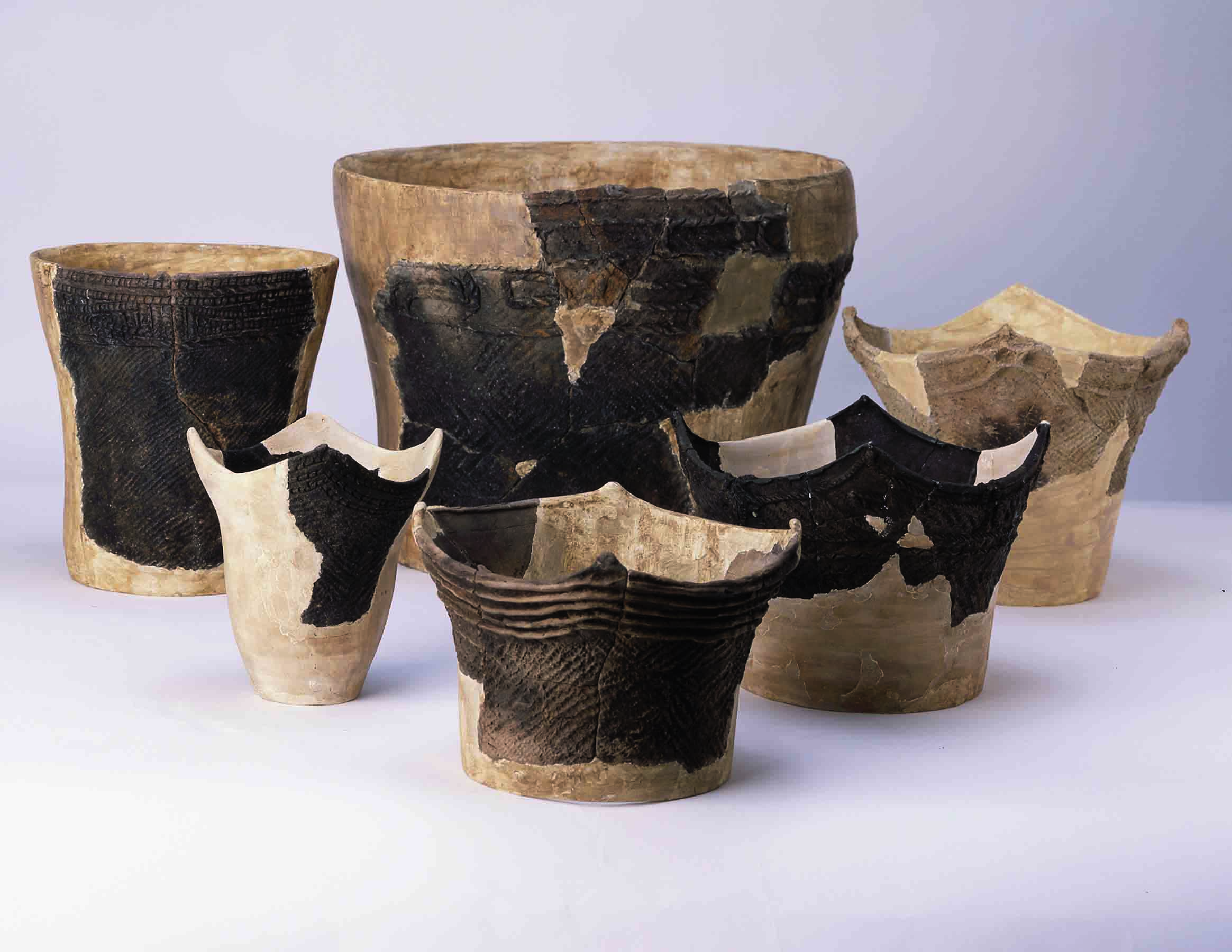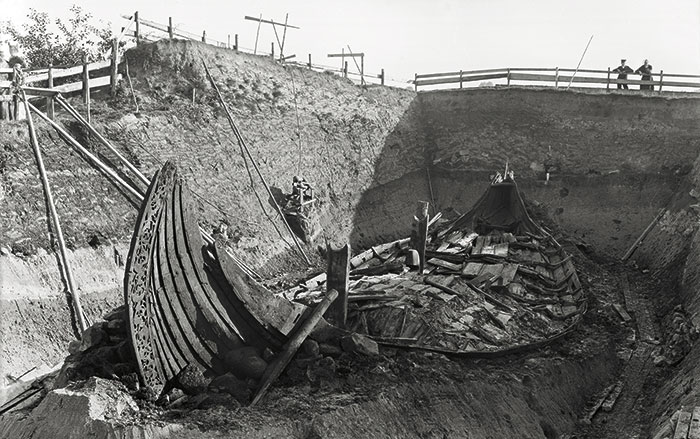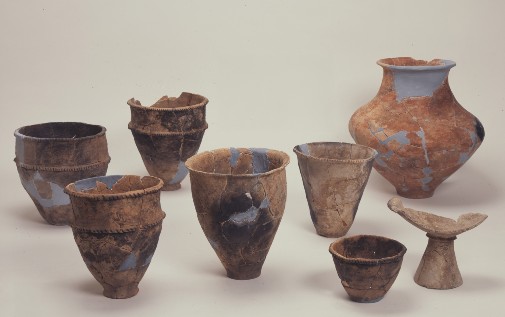
YORK, ENGLAND—During the Neolithic Revolution, the development of agriculture led to an epic shift in the way human societies lived. As agricultural technology spread out from the Near East, traditional hunter-gatherer lifestyles diminished in favor of more sedentary farming communities. This transition was usually accompanied by a dramatic shift in diet. However, according to a statement released by the University of York, this was not necessarily the case in Japan. Agriculture, rice, and millet were introduced to the Japanese islands from the Korean Peninsula around 3,000 years ago. Research conducted by archaeologists from the University of York, the University of Cambridge, and Japan’s Nara National Research Institute for Cultural Properties recently examined plant residues on Final Jomon and Yayoi-period pottery from sites in northern Kyushu. The surprising results indicated that local culinary traditions changed very little after the crops were introduced to the island, as fish and seafood remained the primary foods. While Japanese communities would eventually adopt rice as a major dietary staple, millet, which would become a prominent part of Korean cuisine, never took off in Japan. According to University of York archaeologist Oliver Craig, this suggests that food traditions were more deeply embedded than previously thought, and were even able to persist through major technological changes. To read about the introduction of staple grains in ancient China, go to "You Are How You Cook."


